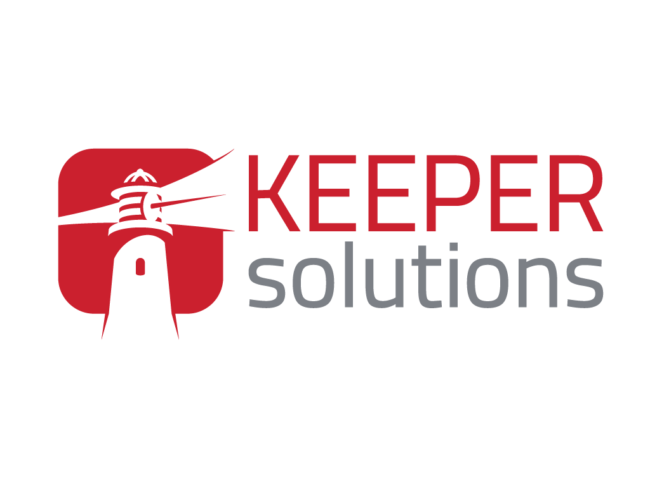You’ve Just Received Investment. Now What?
With scaling a company comes new roles, pressures and responsibilities.
If you have just received investment, you have probably done so off the back of a pitch or promise related to building a new product or enhancing an existing one. Once you have received investment, there are many technical considerations but the first, and arguably most important thing, is to remember that investors are expecting a return. You might have high aspirations for your company and what mark it will leave on the world. But it’s vital not to forget that investors want to see a return on investment as soon as possible and they will mainly be focused on the ‘metrics that matter’.
These include:
-
-
-
-
-
-
-
-
-
- Sales
- Annual recurring revenue – this is incredibly important for companies that offer yearly subscriptions in particular.
- Net revenue retention – recurring revenue that is retained from existing customers over time
- The cost of acquiring a new customer
- Year-on-year growth percentage
-
-
-
-
-
-
-
-
By placing money into your company, investors have made the decision not to invest in index funds or other low-risk options where they can yield a steady return. Instead they have decided to invest in a technology company with the hope of 10x’ing their money or even higher. And with that expectation comes pressure.
Companies need to start growing, and they need to do it fast.
Technical Aspects to Consider After Receiving Investment
There are also technical considerations. When your code base is small and has fewer technical requirements, you can get a lot done with a small team. But as your product and its technical requirements expand, it may inversely impact growth.
There is also the chance that after releasing a product, you only then realize that the demand for it in its current iteration isn’t really there and you need to pivot. This again comes with increased technical requirements that require greater attention and more resources.
Other considerations include:
-
-
-
-
-
-
-
-
-
-
- Do we have a CTO or technical architect that can advise us on the best way to go forward?
- Should we opt for a low-code, no-code solution? If not for everything, should we at least consider it for some aspects of the project?
- Where should our applications run? Many teams are currently choosing Amazon, Azure, IBM or Google Cloud services.
- How do we get hold of the right developers to build something that the product team or design team has specified?
-
-
-
-
-
-
-
-
-
This last consideration is where hiring a dedicated development team comes in.

What is a Dedicated Development Team?
A dedicated development team is an engagement model where you gain access to a remote software development team that works exclusively with you for a medium or long-term period. The team acts just like your in-house team but is managed externally. The team is often already either partially or fully in place at a software outsourcing company. You then hire the team for the duration of your project or as long as their skills are needed.
When you are building a product and taking on a big software development project, it’s not about simply hiring individuals. You want to build a team with a variety of different skills and expertise. There will be frontend developers, backend developers, UX/UI designers, QA specialists, DevOps engineers and various other roles. Each person is brought on to fill a specific need and to help your business achieve a specific goal.
It’s often incredibly difficult to build this type of unit in-house, especially in a competitive software development landscape. That is why working with a dedicated development team is a perfect choice for companies that have just received investment and need to scale fast.

5 Things Scaling Companies Must Keep in Mind As They Grow Their Technical Team
After you’ve received investment, the name of the game is growth, progress and taking steps towards improving those ‘metrics that matter’. But while most companies want to get moving as quickly as possible, it’s important not to lose sight of a few key points:
-
-
-
-
-
-
-
-
-
-
- What’s your runway? When you receive investment, it gives you a certain amount of runway i.e. the amount of time that a company has before it exhausts its current source of funding. Your runway needs to cover a certain amount of growth but it’s important to remember that the more developers you take on, the shorter your runway becomes. You also need to think about getting your product to market as quickly as possible and having enough left over to grow your sales team. It’s all about getting the balance right.
- Are you keeping track of your costs? Along the same lines as above. When you receive investment, it can be tempting to loosen restrictions and be more carefree with your spending. But it’s important to keep track of your costs and always keep your runway in mind.
- Are you delivering something that solves the customer problem? This is vitally important and the reason you started the business in the first place. When you receive investment and start making progress with your product, the natural reaction is to keep pushing it and making it better. Often teams get so caught up in improving a product that they lose sight of the single most important goal – solving the customer problem.
- International considerations. When building a software product, you need to think about your audience. Are you targeting a global market? Do you need language translation? What kind of currencies do you need to handle? What legal frameworks will impact you? Are there different regulations and compliance considerations? These are key questions to answer.
- What is the size of your user base? The size of your user base will impact your technical choices. A product that is used by 10,000 – 20,000 people is a lot different to a platform that is targeting 100s of thousands or millions of users. This is something that needs to be considered at the outset of a software development project.
-
-
-
-
-
-
-
-
-

Looking to Work With a Dedicated Development Team?
Keeper Solutions provides dedicated development teams to scaling companies across Europe and The United States. If you have just received investment and are looking to scale resources quickly and effectively, get in touch today.
Contact us today and talk to one of our team.
Image credit – Photo by Helena Lopes on Unsplash, Photos by Annie Spratt on Unsplash



